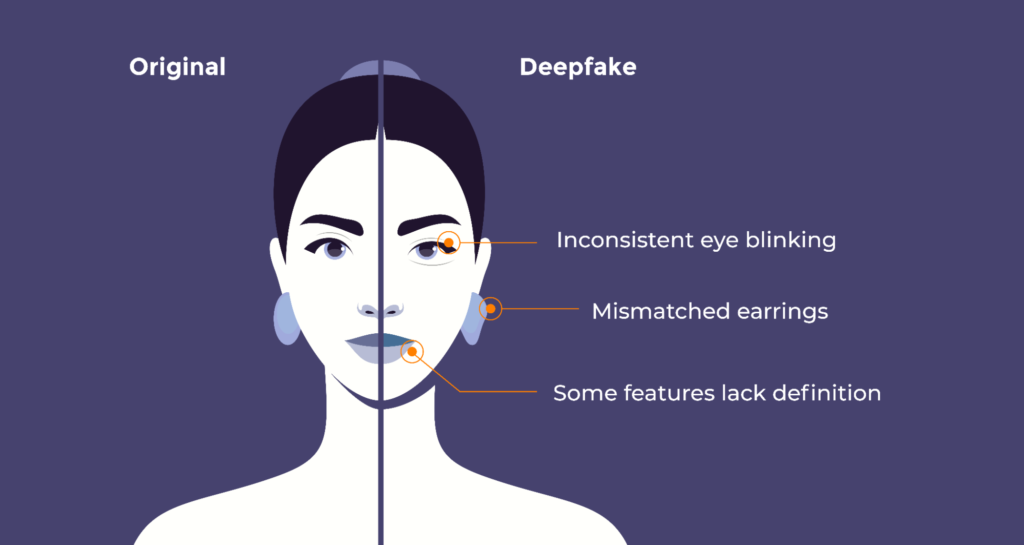In the past couple of years, Deepfake technologies have gained massive popularity. While Deepfake applications continue to increase in number and the technology is advancing at an incredible speed, it is safe to say that Deepfake content is currently a cause for plenty of concern. One thing is certain, Deepfakes and machine learning technologies are not going away and will only continue to rise in popularity.
A quick refresher
Deepfakes are audio and graphical content generated by programs based on machine learning (ML) technologies, specifically deep learning, an advanced version of ML. By analyzing and learning from presented media, deepfake programs can create entirely new content by mimicking behavior, body language, and even voices. It is important to note that the generation process itself can be extremely lengthy, depending on the hardware in use; therefore, not every person can reliably and quickly utilize this technology.
The drawbacks / The negatives
Deepfake technologies generally get a bad reputation. According to several studies, in 2019, around 96% of all deepfake media posted online was of pornographic nature, the majority using face swap techniques to produce videos with celebrity faces.
Another example of socially undesirable content created using Deepfake is the spread of fake news by face-swapping politicians. The problem was significant enough in the US to provoke Deepfake bans of political nature in several states, including California and Texas.
Deepfakes have also been used for extortion, fraud, and cyberbullying. However, to argue that deepfake technologies only bring harm would be highly inaccurate.

The positives
Deepfake and deepfake associated technologies, like deep learning, are seeing ever-increasing use in a number of industries and environments.
- Education
Deepfake content, commonly called synthetic media, is seeing minor use in classrooms to create a more engaging experience. Historical figures are being brought back to life through Deepfake and deliver students a unique learning experience.
- Language barriers
With deepfake technologies, it is possible to deliver the same translated speech or public message in different languages in a more organic way. As deepfakes can replicate the voice and mannerism of the original speaker, low-quality voiceovers would not be necessary. For instance, this technology was used for an anti-malaria campaign spearheaded by David Beckham. Deepfake was used to simulate Beckham’s voice and delivered an authentic version in nine languages.
- Medicine
Deepfake and deep learning are being developed as computer-aided disease detection solutions. The programs can potentially detect and diagnose deadly diseases using medical imaging.
- Customer service
Chatbots have been used for customer service in the past. Text-to-speech and customer service functions can elevate to the next level by utilizing deepfake technologies. Through deep learning algorithms, chatbots’ automated responses can be nearly identical to human interactions.
The potential
It is clear that deepfake and related ML technologies have great potential for good and harm. With good intentions, deepfake technologies can have an overwhelmingly positive effect on our daily lives. From medicine to art, from automation to education, the full potential of AI technologies is yet to be realized.





